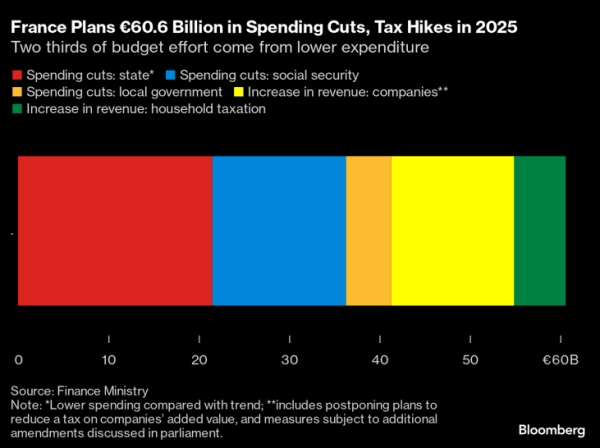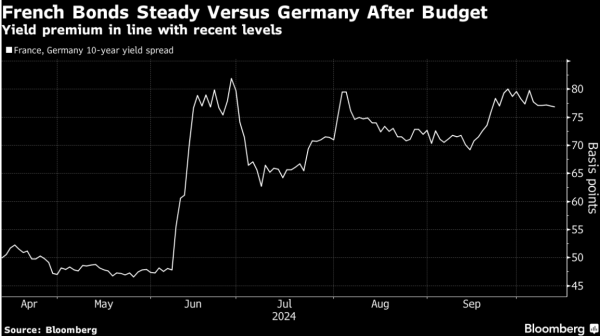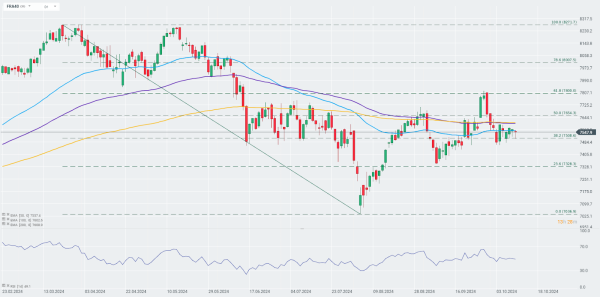FRA40 reacts to budget reform plans in France 💡
Prime Minister Michel Barnier has unveiled a series of tax increases targeting big businesses, so French blue-chips may be active today. The spending cuts will account for just over two-thirds of the total revenue, with the rest coming from higher taxes on businesses, the wealthy and energy. The government will also propose raising taxes on airline tickets and a tax on the use of private jets. Buyouts of company shares will also be subject to an exceptional tax when the shares are cancelled.

According to the plans, imposing temporary taxes on some 440 profitable companies with annual revenues of more than €1 billion would generate €8 billion next year and €4 billion in 2026. The companies in question are primarily LVMH, Hermes, L'Oreal, TotalEnergies, Schneider Electric and Sanofi, which are among the largest companies by market capitalization on the CAC 40. Among the sectors most likely to be negatively affected by the plan are utilities, telecommunications and energy, which also tend to have lower margins. Source: Bloomberg Financial LP
However, the impact on the market may be limited, AlphaValue analysts suggest, as the new financial obligations imposed on companies have already been largely priced in by the market. The impact itself may be seen more in 2025. Analysts at UBS expect that the new tax measures could reduce earnings in the CAC 40 index by as much as 9% in 2025, while the impact on the pan-European Stoxx 50 index will be around 3%. Another big concern for France could also be the long-term uncertainty about the stability of French debt, especially since Fitch (today), Moody's (Oct. 25) and S&P Global (next month) will be reviewing their credit ratings starting today.

The spread between the French OAT and the German Bund (interest rates on both countries' debt securities) was around 76 basis points on Thursday. It was previously around 47 basis points before French President Emmanuel Macron announced early elections last June. Source: Bloomberg Financial LP
The CAC40 index (FRA40) is currently trading with little volatility. Contracts have erased early declines, but nevertheless remain below the 50-day, 100-day and 200-day exponential moving averages all the time, which may suggest a continuing downtrend in the company's stock.

Source: xStation